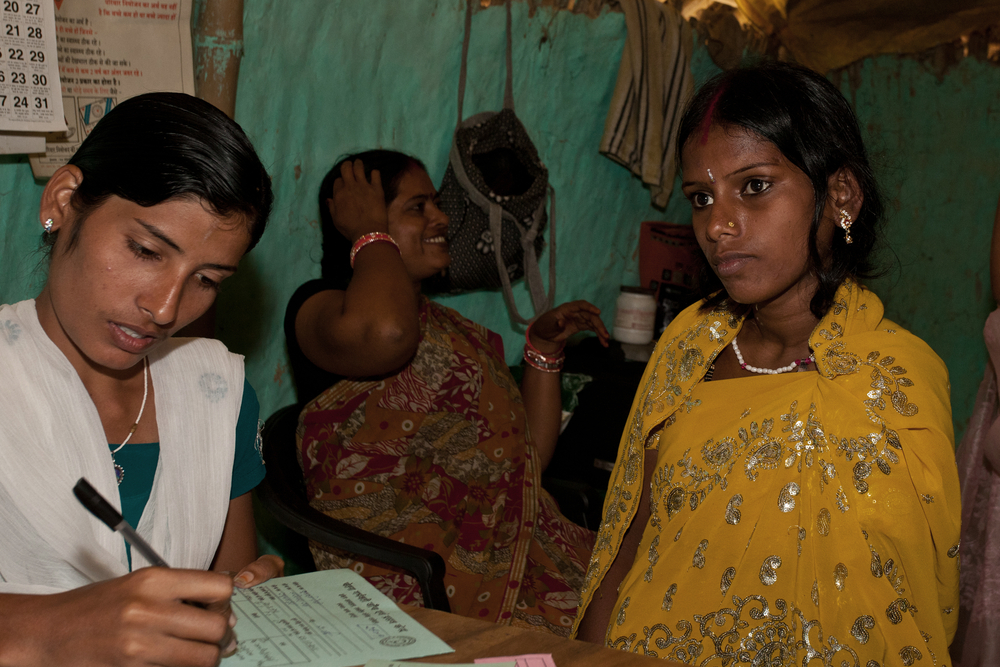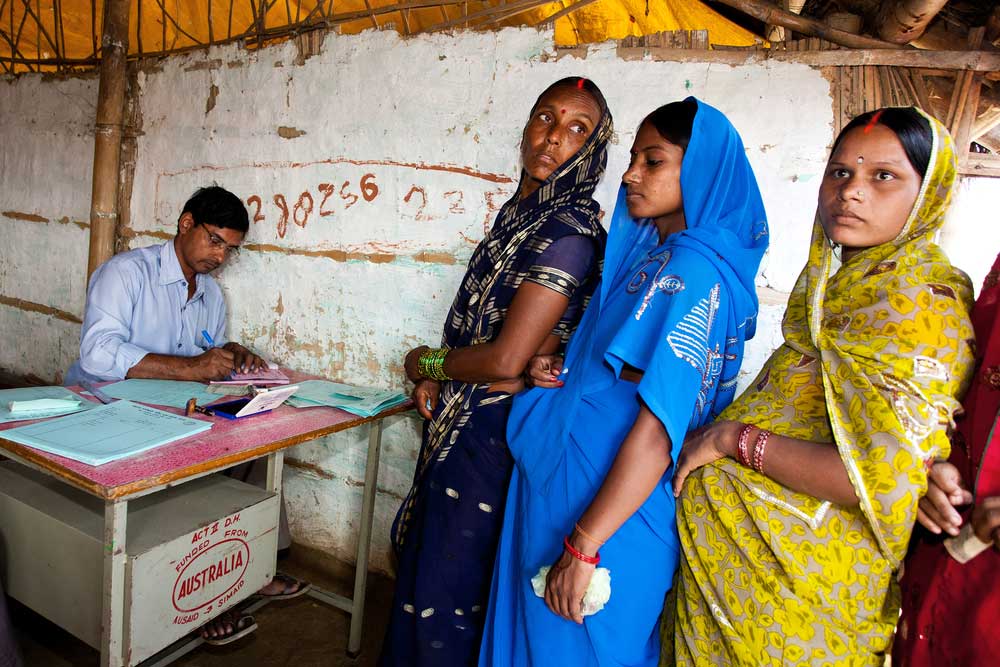Light seems to have finally appeared at the end of a long, dark tunnel for India. According to the latest Sample Registration System report, the maternal mortality ratio has declined by eight points between 2014-16 and 2015-17. In real numbers, 2,000 deaths have been averted per year in this period. One of the reasons behind this success is the increased access to maternal health services — institutional deliveries in public facilities have almost tripled since 2005. This rise was no doubt facilitated by the provision of free transport to mothers delivering in public health facilities. But it will not do to rest on these laurels. A recent report by the United Nations found that three-fourths of India’s health infrastructure is concentrated in urban areas where only one-fourth of its population lives. A free ride cannot make up for the bad roads or the precious time wasted in travelling, both of which can mean the difference between life and death in critical cases. Further, as is the wont in India, there are gaps in the implementation of welfare schemes. For instance, the National Health Profile shows that only 21 per cent pregnant women in India get full antenatal care — the key to reducing maternal mortality. Given these figures, it is not surprising that in spite of the drop in MMR, India still accounted for 12 per cent of all such deaths around the world in 2017.
There is also a case for policymakers to look at women’s reproductive health more comprehensively. A 2015 study found that 10-13 per cent of all maternal deaths in India are due to unsafe abortions. The desire to have boys and therefore the killing of female fetuses is not the only reason for unsafe and illegal abortions in India. Some anomalies in fetuses — which can pose a health risk to both mother and child — are best detected only after 20 weeks, but abortion laws allow the termination of pregnancy only up to 20 weeks. This can force women to take illegal and therefore risky means for termination. They can also be forced to do so as a result of unwanted teenage pregnancies — India’s prudishness when it comes to sex education is legendary. Nearly 4 per cent of the deaths were in the age group of 15 to 19 years. Thus, while older challenges like child marriages still persist, newer threats have also emerged for expectant mothers. Research published in the Lancet warns that by 2050, carbon dioxide concentration in the atmosphere will reach levels that will leave 40 crore women of childbearing age in India at a greater risk of iron deficiency. The drop in MMR is, thus, an encouraging first step at best.












